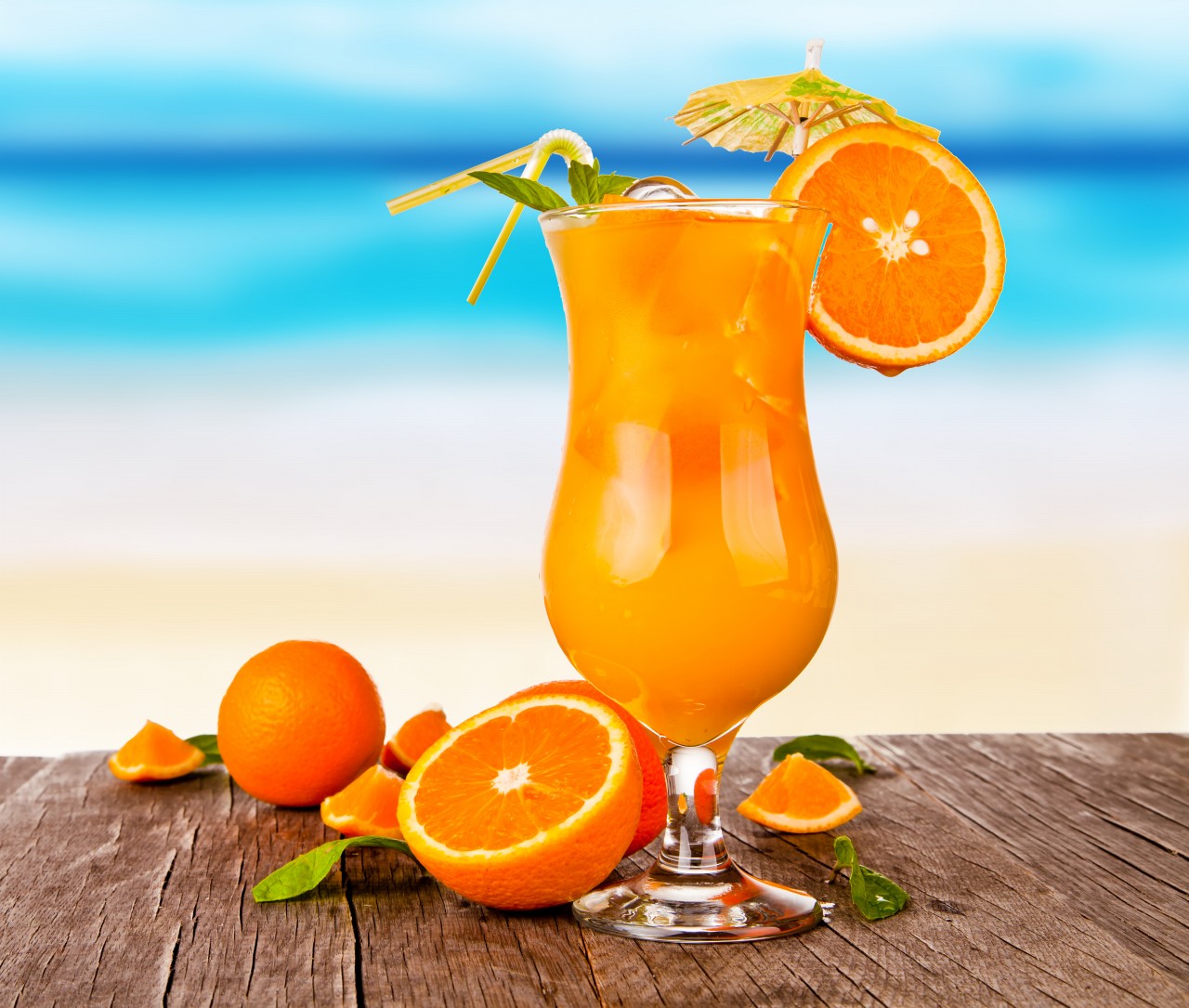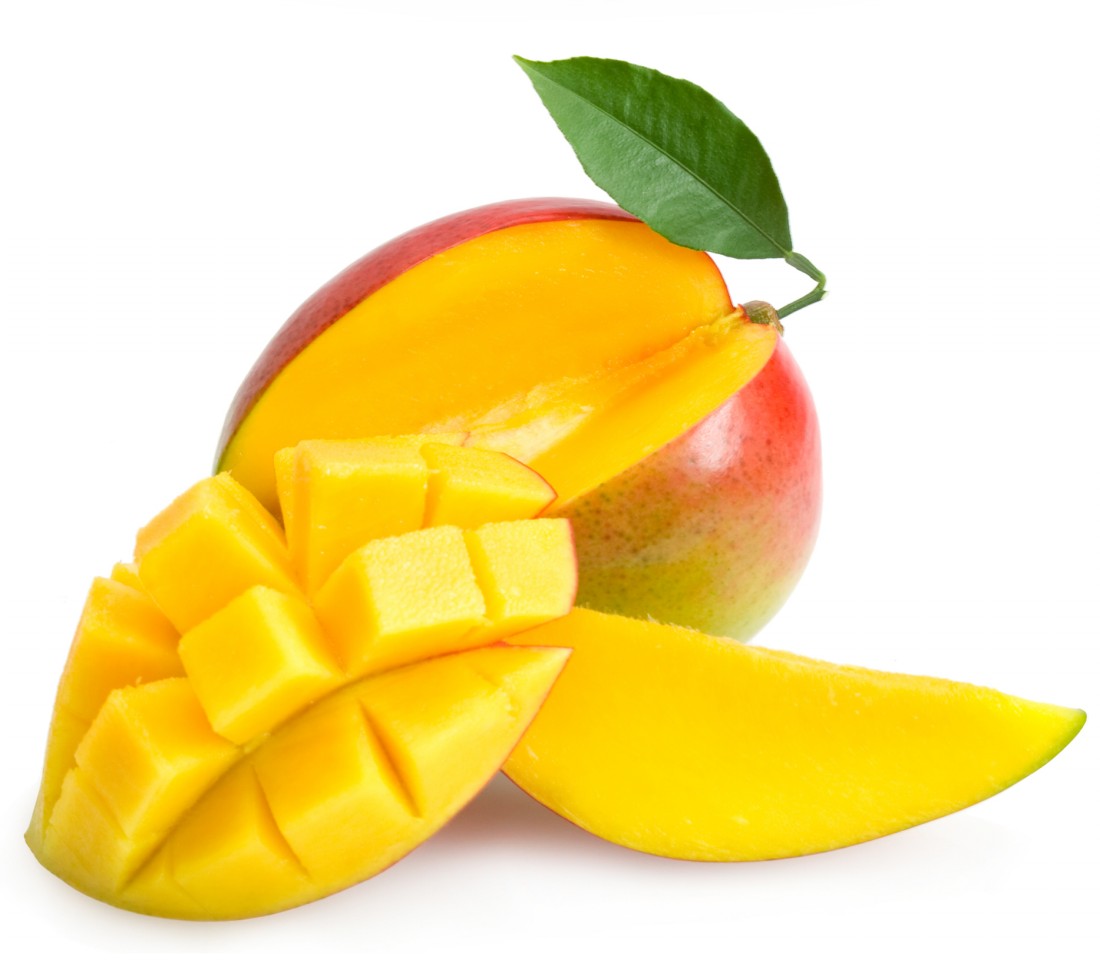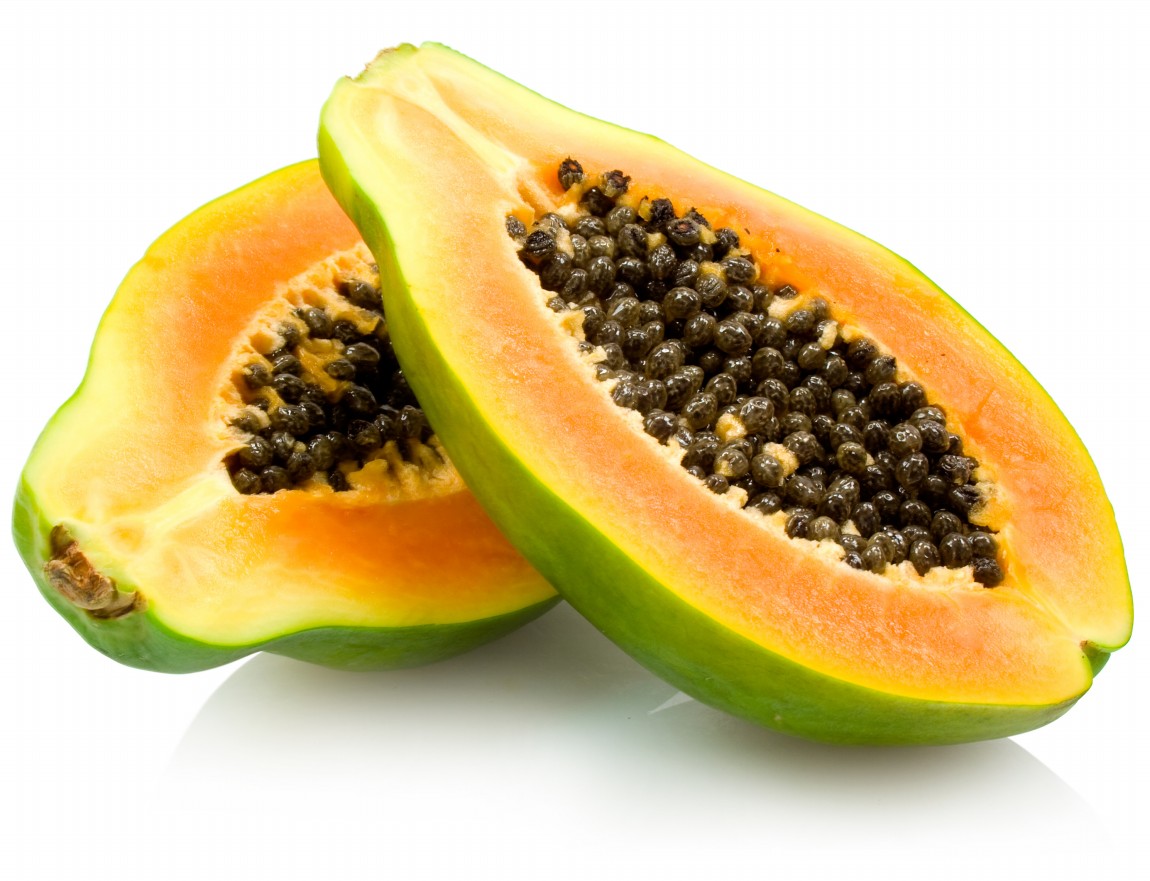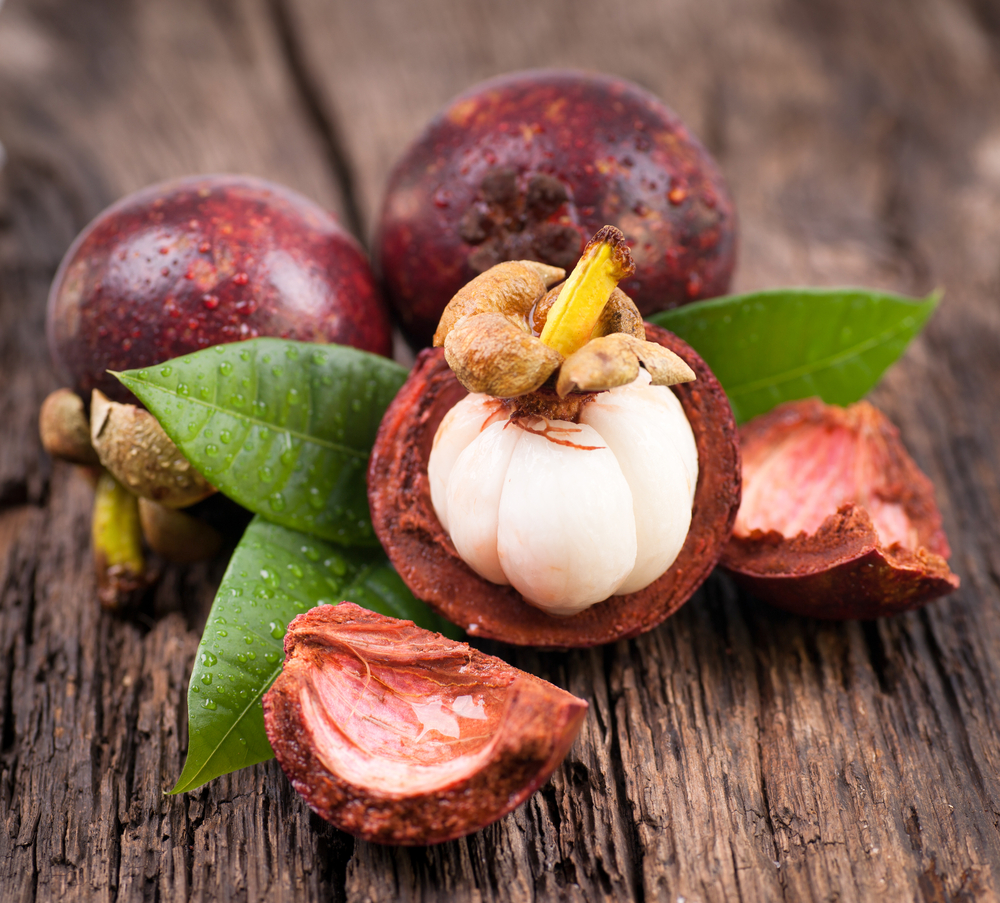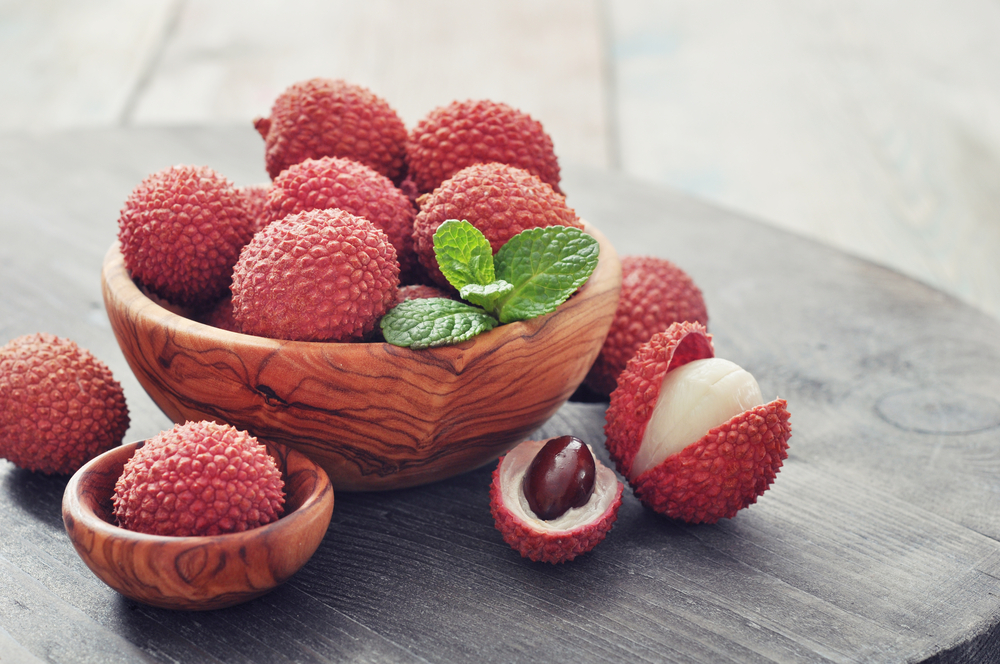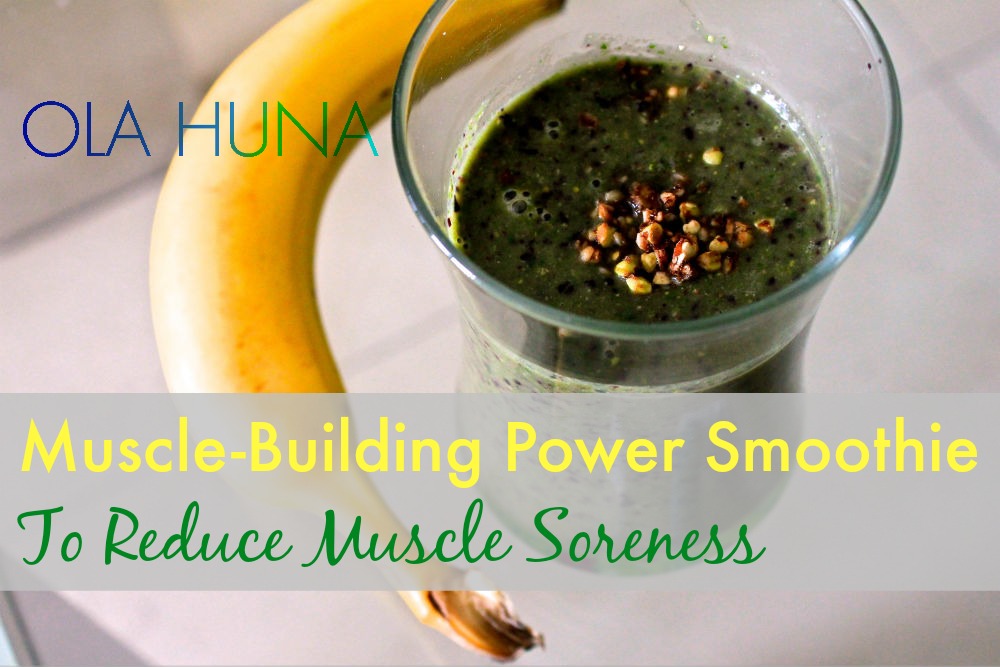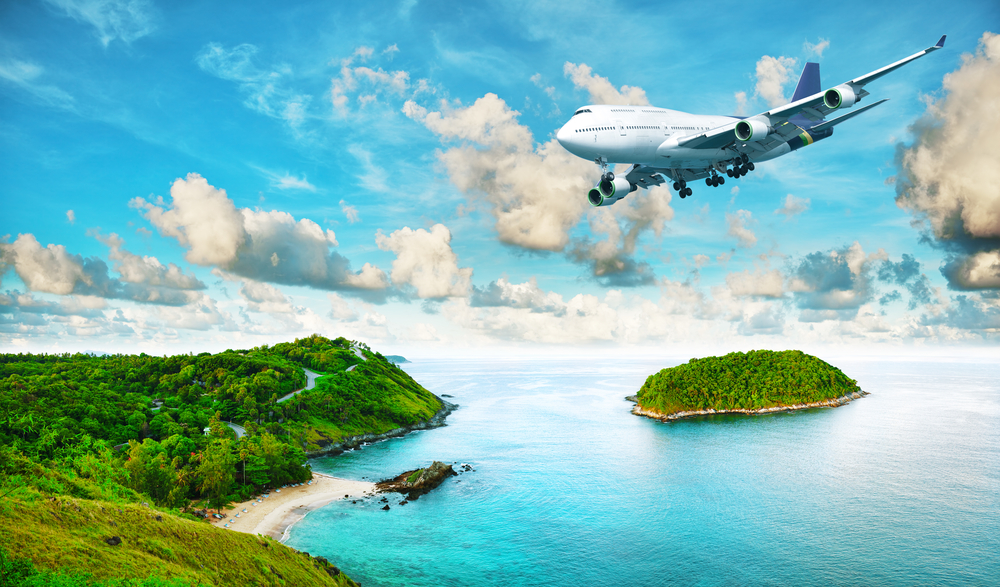
- Home
- Slider
- Pages
- Courses
- Portfolio
- Media
- Blog
- Home 1
- Home 2
- Home 3
- Home 4
- Home 5
- Home 6
- Home
- Vertical Parallax Slider
- Animated Framed Slider
- 3D Room Slider
- Velo Slider
- Popout Slider
- Mouse Driven Vertical Carousel
- Animated Slider
- Motion Reveal Slider
- Fade up Slider
- Image Carousel Slider
- Glitch Slideshow
- More Sliders Coming Soon
- About 1
- About 2
- About 3
- Success Stories
- Gallery Grid
- Gallery Grid No Space
- Gallery Masonry
- Gallery Masonry No Space
- Gallery Justified
- Gallery Justified No Space
- Gallery Preview
- Gallery Fullscreen
- Gallery Horizontal
- Video Grid
- Video Grid No Space
Summer is here! Many of you maybe going to the beach, lounging around half naked, surfing, or playing in the sun…
As you’re getting your golden tan sitting on a beach sipping your Piña colada, your skin cells maybe slowly damaged by the sun’s unforgiving UV rays.
While we talked about the top 10 foods that can protect our eyes from harmful sun rays, I’m going to address your skin, your body’s biggest and fastest-growing organ, today.
This is especially important if you’re a kitesurfer or a surfer who’s in the water the whole day: Your skin is being hit by the sun, salt water as well as wind for hours.
It’s cool to look tanned, but if you don’t take care of yourself, you may get discolored skin patches, premature aging (i.e. more wrinkles than you’d like), dry skin, or in worst cases, skin cancer.
And the best way to enjoy the sun and minimize its damage is “prevention.” This means avoiding the sun during peak hours (i.e. 10AM – 4PM) and slathering on safe sunscreen.
If you’re a health nut, I’m sure you know that what you eat will affect your skin significantly, and that fruit and vegetables have lots of antioxidants that can fortify your skin against the harmful UV rays.
But what about tropical fruits? You probably see these healthy fruits around when you’re traveling to exotic beaches and tropical places such as Mexico, Brazil, Thailand, Hawaii.
I love tropical fruits because they come in handy when you’re chilling in a remote, exotic beach. Hey, it isn’t always easy to find blueberries when you’re in tropical places like Dominican Republic. But there are truck loads of mangoes there!
And, don’t underestimate these tropical fruits. While they are not famous as “superfoods” like the goji berries, they can probably be your “skin savior” especially if you’ve been exposed to the sun for an extended period of time.
To spice things up a bit for the summer, I’m going to talk about the top 5 skin-boosting tropical fruits that you can eat to protect your skin and reverse oxidative damage.
First off, what happens when our skin is exposed to the sun?
Once sun rays hit our skin, they create oxidative stress, which is induced by inflammation from the sun rays.
When we’re sun-burned, our skin antioxidants undergo depletion. To prevent skin aging, we must replenish our antioxidants to prevent oxidative stress, which is one of the leading causes of aging.
How can veggies and fruit help?
Plant foods high in antioxidants can fight free radical exposure, formed by sun rays, and stop their harmful effects. Free radical exposure is responsible for 80% of skin aging.
When we consume greens and veggies which contain these antioxidants, these phytonutrients will end up in our cells, protecting us from UV rays.
Antioxidants work to counteract free radicals and stop their harmful effects. Common antioxidants include vitamins A, C, and E, beta carotene, and lycopene.
These compounds provide the plant protection from excess UV light. When we consume these compounds as food, they end up in our tissues providing a similar benefit.
Top 5 Tropical Fruits to Prevent Sun Damage
#1: Mangoes
Source: photo.elsoar.com
Mangoes are a good source of dietary fibre and vitamin B6, and a very good source of Vitamin A and Vitamin C.
Vitamin A and C have great antioxidant properties for beautiful skin.
Lupeol, a triterpene found in mangoes, is also an effective inhibitor in laboratory models of skin cancers.
I love eating mangoes after a day in the sun kitesurfing because the vitamins A and C really help my skin recuperate and repair skin cells.
I love big red mangoes because they are very sweet and succulent.
Mangoes are inexpensive and easily accessible. You can carry them anywhere so I think these succulent fruit are great travel companion too!
Countries: You can easily find mangoes in tropical countries like Brazil, Philippines, Dominican Republic, and Mexico.
Fun Tip: Check out our Orgasmic Coconut Mango Chia Pudding for a skin-boosting dessert!
#2: Papayas
Papayas are a great source of vitamin C and good source of vitamin A, which can reduce inflammation.
Papayas’ high concentration of carotenes are used by plants as sunscreen and can activate melanin.
Papaya also contains unique protein-digesting enzymes such as papain and chymopapain. These enzymes have been shown to help lower inflammation and improve healing from burns.
These orange fruits are deliciously sweet with a soft consistency. I personally like Thai Green papaya more so than the orange papaya you normally see in markets because I find the soft texture and musky undertone a bit “mushy.”
Girls, there’s also this myth in Asia that papayas can make your breasts bigger. I don’t think it works, but hey, even if your breast size doesn’t change, you can still absorb all the antioxidant benefits from this amazing fruit!
Countries: You can easily find mangoes in tropical countries like Brazil, Mexico, Thailand, Indonesia, and India.
Fun Tip: Did you know that unripe papaya was used as a male contraceptive in Asia?
#3: Mangosteen
These purple fruits, with creamy white interior like tangerines, are my favourites in Asian summers. Mangosteens are red-purple and hard outside, while white and soft inside. You need to cut the exterior with a knife before you can access the meat, which is somewhat sweet, tangy, succulent and addictive!
Mangosteens are tropical fruits grown mainly in Southeast Asia.
In Chinese medicine, mangosteens are believed to be the “coolest” fruit of all, which is why the fruit is called the Queen of all fruits. The fruit can counteract effects caused by “hot” diseases such as acne, skin sores, eczema and dry skin.
If you got burned by the sun, I may eat a few mangosteens to boost your skin health.
Countries: Indonesia, Malaysia, Thailand, Singapore, and Philippines
Fun Tip: Did you know that mangosteen rind contain tannin which can help with acne and skin inflammation?
#4: Watermelon
Source: photo.elsoar.com
Watermelon are very high in lycopene (higher than tomatoes!) , which is a red caroteniod that protects the skin against sunburn and skin cancer. Lycopene is also important for our cardiovascular as well as bone health.
This is particularly important because lycopene can protect our skin from sunburn. A study showed that a group of women who ate tomato paste for 12 weeks had a 30% increase in skin protection against UV rays. This is why I chose watermelon over tomatoes given its higher lycopene content and juicier texture, which maybe more appropriate if you want to quench your thirst after a hardcore water session.
Watermelon also come in yellow! They can be described as sweeter than the more common red-flesh watermelon.
Countries: China, Turkey, Brazil…well you can find watermelons in most places these days.
Fun Tip: Did you know that it is important to allow a watermelon to fully ripen before we consume it? Research has shown that watermelon have the highest and most concentrated lycopene content when its flesh is red. When the flesh of a watermelon is unripe, primarily white in color, its beta-carotene content is near zero.
#5: Lychees
Lychees are a great source of vitamin C. According to the USDA, 100 g fresh fruits provide 72 mg or over 100% of DV.
Vitamin C protects against free-radical damage and prevents premature aging and skin cancer.
Countries: Taiwan, Thailand, China, India, Vietnam
Fun Tip: Lychees are considered a “heat food” in Chinese medicine (opposite of “mangosteen”), which means too much of these little red succulent fruits can lead to sore throat. However, lychees are so delicious during the summer that perhaps a few more wouldn’t be too bad of an idea! Check out our Fusion Salad for a refreshing snack post-workout in the sun!
Last-minute travel over the summer? Save time by clicking HERE for a FREE, printable, downloadable Healthy Travel Packing Checklist.


